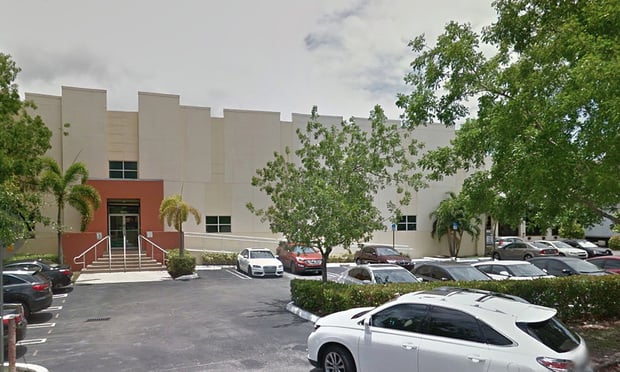"Things started to slow down significantly about a year ago," the Colliers broker tells GlobeSt. "They were red-hot until then--with about a one per cent vacancy and virtually nothing for sale."But following Sept. 11, DeLuca says, "Almost nothing's going on, like a paralysis." DeLuca explains, "Leases and purchases (of industrial space) are big capital expenditures, and in an atmosphere of extreme uncertainty, people are not putting their signatures on the line."
The Seattle broker says there are some breaks in the darkness. Though they have risen above a cramped one percent, Close-in vacancies are still well-within respectable levels--according to third quarter numbers compiled by Colliers' -- running from a low of 0.00% in the Port of Seattle to a high of only 5.86% in West Seattle. And, over the past few weeks DeLuca has had "a trickle of activity" come his way, albeit nothing he would characterize as a shift.
The Close-in market surrounds the city and contains more than 60.5 million sf in the areas of Spokane Street, "close" Seattle North, West Seattle, East Hill, and the Port of Seattle. It measures approximately 80% as large as the Kent Valley's 74.3-million-sf. The difference in vacancy rates between the two sub-markets is as marked as DeLuca says.
As of September 30, Colliers pegs the average, direct vacancy rate of the Close-in market at 2.13%, with a total rate of 2.49%. In sharp contrast, total vacancy in Kent Valley is nearly four times higher -- 9.58%. Of that, 6.19 percentage points are direct.
The difference between the two does not end with vacancy rates—they are exceptionally diverse in character as well. DeLuca says Kent Valley contains newer properties, built mostly in the 1970's, 1980's and later. It is an area marked by institutional owners, attracted by its "larger, newer, more homogeneous" buildings.
Conversely, DeLuca says there are very few institutional owners in the Close-in market with its older, stand-alone buildings, the bulk of which were built in the 1950's and 1960's. Here owners tend to be more along the lines of local companies with the need for their own warehouse facilities and private investors who, at least for the time being, have the good fortune of having plenty of tenants.
Want to continue reading?
Become a Free ALM Digital Reader.
Once you are an ALM Digital Member, you’ll receive:
- Breaking commercial real estate news and analysis, on-site and via our newsletters and custom alerts
- Educational webcasts, white papers, and ebooks from industry thought leaders
- Critical coverage of the property casualty insurance and financial advisory markets on our other ALM sites, PropertyCasualty360 and ThinkAdvisor
Already have an account? Sign In Now
*May exclude premium content© 2024 ALM Global, LLC, All Rights Reserved. Request academic re-use from www.copyright.com. All other uses, submit a request to [email protected]. For more information visit Asset & Logo Licensing.








